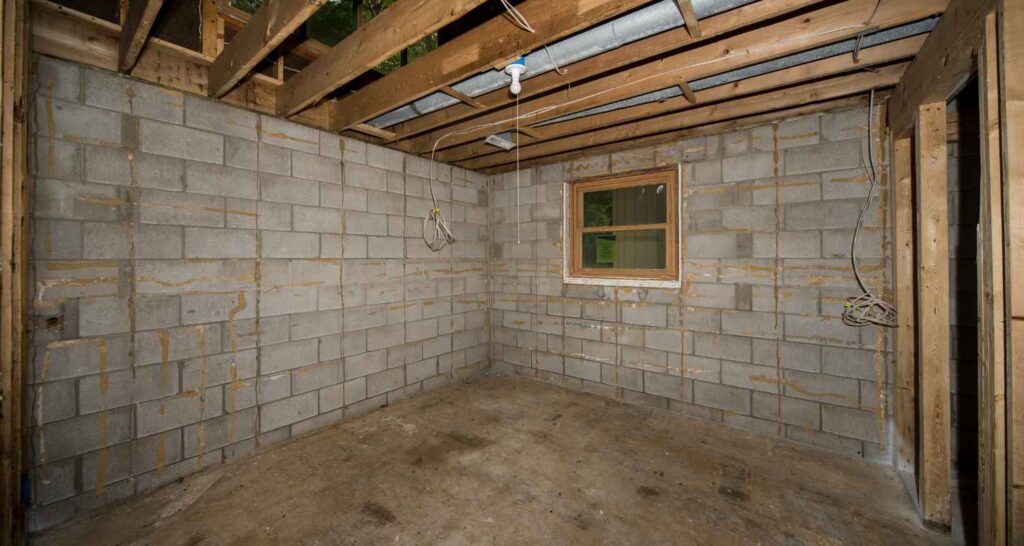We Provide Masonry Service in all MetroWest Areas
(781) 458-9650
(781) 458-9650




(781) 458-9650
MetroWest, MA

01. Crack Repair
Basement walls are susceptible to cracks due to various factors such as settling, hydrostatic pressure, or temperature fluctuations. Crack repair involves filling and sealing these cracks to prevent water infiltration and structural damage. Techniques may include epoxy injection, polyurethane injection, or the application of waterproof sealants to restore the integrity of the wall.
02. Waterproofing
Waterproofing is essential for preventing moisture intrusion and water damage in basements. This process typically involves applying waterproof coatings or membranes to the exterior walls and/or installing interior drainage systems such as French drains or sump pumps to redirect groundwater away from the foundation. Waterproofing ensures a dry and habitable basement environment and helps prevent issues like mold growth and structural decay.
03. Foundation Underpinning
Foundation underpinning is a structural repair method used to stabilize and strengthen a compromised foundation. This technique involves excavating soil beneath the existing foundation and installing additional support, such as concrete piers or steel helical piles, to transfer the weight of the structure to more stable soil or bedrock. Foundation underpinning is commonly employed to address foundation settlement, shifting, or sinking, restoring the stability and structural integrity of the building.
04. Moisture Control
Excess moisture in basements can lead to a host of problems, including mold growth, musty odors, and deterioration of building materials. Moisture control measures aim to manage humidity levels and prevent moisture buildup in the basement. This may involve installing dehumidifiers, improving ventilation, sealing foundation cracks and gaps, and addressing exterior drainage issues. By controlling moisture, these repairs help maintain a healthy indoor environment and protect the structural integrity of the basement.

Baystate Masonry is excellent! Their Masonry services are top-notch. Punctual, professional, and left me highly satisfied. A definite 5-star recommendation!
saad sharif
Basement interior waterproofing involves installing drainage systems and moisture barriers inside the basement to manage water intrusion and prevent moisture-related issues. This typically includes methods such as installing interior drainage systems like French drains, applying waterproof coatings or membranes to basement walls, and installing sump pumps to remove excess water.
Common signs that may indicate the need for interior waterproofing include water seepage or pooling in the basement, damp or musty odors, visible moisture stains on walls or floors, and the presence of mold or mildew growth. Cracks in the basement walls or floor may also indicate potential water intrusion issues.